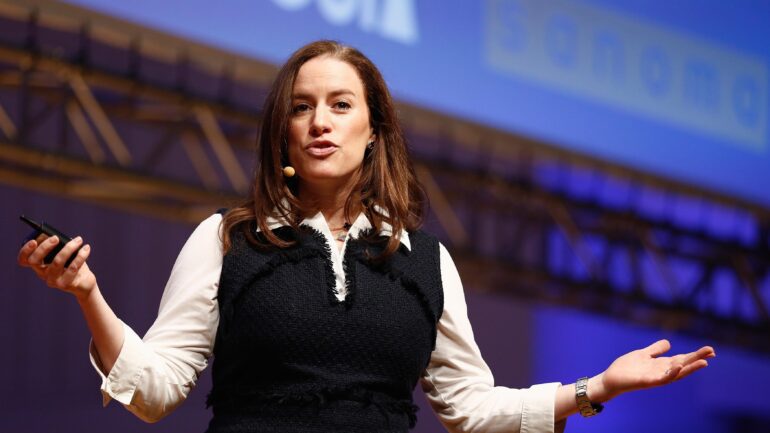TL;DR:
- Google’s UK executive, Debbie Weinstein, highlights potential trust issues with Google Bard, the AI chatbot, suggesting users cross-check answers with Google’s search engine.
- Bard, like other AI chatbots, is prone to “hallucination,” providing confident but inaccurate responses.
- OpenAI’s GPT-4 also faced inaccuracies during its launch, affecting the company’s share price.
- Google Bard, based on LaMDA and PaLM LLM models, has received recent upgrades, including support for 40 languages and integration with Google Lens.
- Despite improvements, users should be cautious and exercise discernment while relying on AI chatbots for accurate information.
Main AI News:
In a recent interview with the BBC, Debbie Weinstein, the managing director of Google UK, shed light on the potential limitations of Google Bard, the tech giant’s AI chatbot. Despite recent upgrades to compete with OpenAI’s ChatGPT, it appears that Bard might not be the most reliable source for accurate information.
According to Weinstein, Google itself plays a crucial role in cross-checking Bard’s answers. She emphasized that people rely on Google for trustworthy information and encouraged users to turn to Google’s search engine for more reliable results. While Bard’s homepage acknowledges its occasional imperfections, it does not explicitly advise users to verify responses through traditional search engines.
Like many other AI chatbots, Bard is susceptible to a phenomenon known as “hallucination,” wherein the model confidently provides responses containing inaccuracies. Even OpenAI’s formidable GPT-4 large language model faced similar issues upon its launch in February, leading to a decline in the company’s share price. This episode underscores the prevalent challenge of fabricated and erroneous answers in AI systems.
Google Bard, introduced in March of this year, operates on LaMDA large language models from Google and has since been shifted to PaLM LLM. Recent enhancements include the integration of Google Lens, enabling users to upload images alongside prompts, and support for over 40 languages in text-to-voice conversion. Additionally, Bard’s accessibility has been expanded to cover more geographic regions, and it now offers customized responses for a more user-friendly experience.
Conclusion:
Google’s acknowledgment of potential limitations with Google Bard highlights the challenges faced by AI chatbots in providing accurate information. This indicates the need for continued advancements in AI technology and reinforces the importance of relying on established sources for critical information in the market. Users should approach AI chatbots with caution and employ them as supplementary tools rather than as sole sources of information. As the market evolves, businesses must remain vigilant about the accuracy and reliability of AI-powered solutions to maintain trust with their customers and stakeholders.

